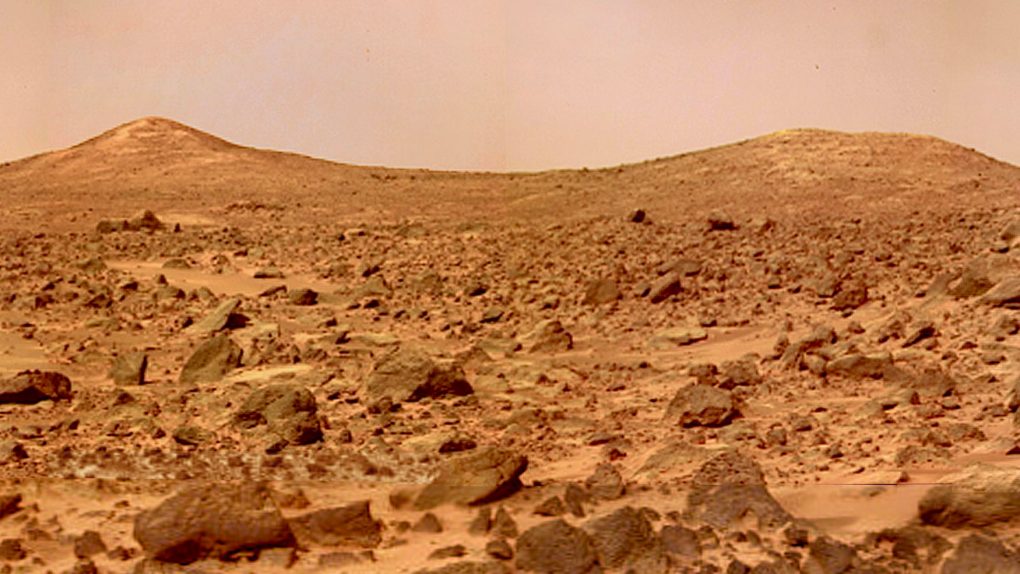- The Perseverance rover is currently on route to Mars, and once it gets there it will have the ability to hunt for signs of life like no other rover before it.
- The rover is equipped with a special X-ray scanning tool that can identify the presence of chemical signatures on rocks.
- Finding signs of past life on Mars will be tricky, but Perseverance may be the key.
NASA successfully launched its Perseverance rover just in the nick of time. There were just days left in the launch window when NASA finally pushed the button, and the launch went off without a hitch, sending the rover and its Mars Helicopter companion to the Red Planet. It’ll still be a few months before they arrive, but in the meantime, it’s important to know what the rover will be doing once it gets to Mars.
One of its tasks will be to scan various surface features with its PIXL instrument. PIXL is short for Planetary Instrument for X-ray Lithochemistry, and what that means is that it’s capable of taking extremely detailed scans of the surface of an object and determining what chemicals are present. When it comes to searching for evidence of past life, that’s a big deal.
Perseverance will have its hands full when it comes to sample collection. It’s built to retrieve samples from the surface and then prepare them for pickup by later missions which will send the material back to Earth. It makes sense, then, that the rover is smart enough to know what samples will be of the most interest to scientists.
Using PIXL and a bit of artificial intelligence, the rover will be able to spot chemical signatures, which will be high priority samples that scientists will be eager to get their hands on.
“PIXL’s X-ray beam is so narrow that it can pinpoint features as small as a grain of salt. That allows us to very accurately tie chemicals we detect to specific textures in a rock,” Abigail Allwood of NASA’s Jet Propulsion Laboratory said in a statement. This attention to detail will allow the rover to detect rocks that may offer clues to past life on the surface or subsurface of the planet.
The Perseverance rover team isn’t expecting to find the equivalent of dinosaur bones on Mars — though that would really blow the doors off the whole “is there life in space?” debate — but rather the tiny traces of evidence left behind by microbial life. If the planet was once lush and full of life, microbes would have likely been able to hold on the longest after the planet became less hospitable. They also leave telltale clues on rocks, at least here on Earth, so the scientists have a pretty good idea of what to look for. We’ll be keeping our fingers crossed that they find it.








